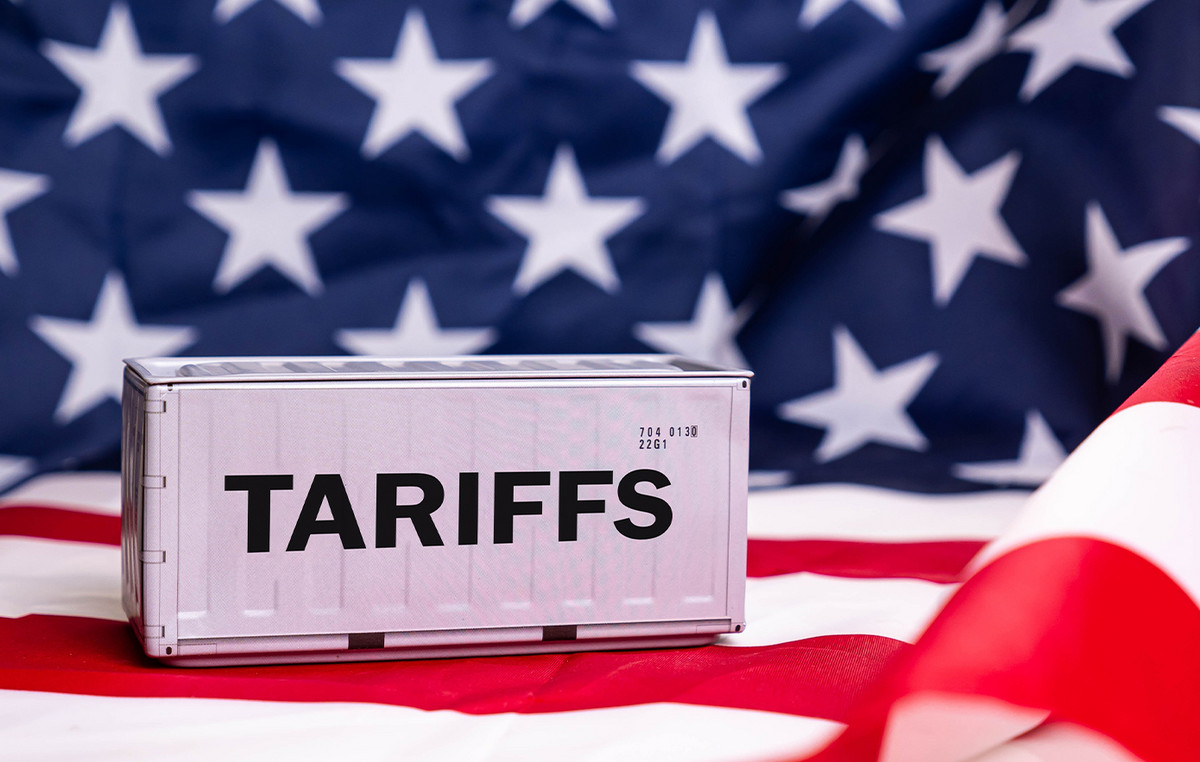- The Mexican Peso on the defensive as September inflation points towards Banxico’s 3% target.
- Banxico is expected to reduce rates further after cutting them to 10.50% in September, with further easing projected for the end of 2024.
- Traders await the release of the Fed’s September meeting minutes and Thursday’s US CPI report, while US Treasury yields and the Dollar rise.
The Mexican peso depreciated against the US dollar on Wednesday following an inflation report that opened the door to greater flexibility by the Bank of Mexico (Banxico). Traders are also attentive to the publication of the minutes of the September meeting of the Federal Reserve (Fed), waiting for clues about the path of monetary policy. USD/MXN is trading at 19.40, up more than 0.40%.
Inflation in Mexico decreased in September, according to the National Institute of Statistics, Geography and Informatics (INEGI). The headline and core Consumer Price Index (CPI) readings were below estimates and trended toward Banxico’s 3% plus or minus 1% target.
USD/MXN pointed higher as data suggests Banxico could be more aggressive in its easing cycle. On Monday, Banxico Governor Victoria Rodríguez told Reuters that the governing board could consider further cuts to its reference rate.
Banxico reduced rates to 10.50% in September and is expected to ease at least an additional 50 basis points (bp) towards the end of 2024. The next meetings will be on November 14 and December 19.
The minutes of the September 17-18 Fed meeting are expected in the US and will appear in the afternoon session. Fed Governor Michele Bowman was the only dissenter to vote for a 25bp rate cut. According to analysts at Brown Brothers Harriman, “the minutes may reveal that other Fed officials resisted a 50 bp cut before being convinced to vote with the majority.”
Following last Friday’s Nonfarm Payrolls (NFP) report, Fed officials took a more cautious stance. On Tuesday, Vice President Philip Jefferson said he remains data-dependent and his approach will be meeting by meeting. Boston Fed President Susan Collins said more cuts will likely be needed, but they will be driven by data.
Meanwhile, the US Dollar Index (DXY), which tracks the performance of the Dollar against six other currencies, rises 0.37% to 102.85, supported by rising US Treasury yields.
Daily Market Summary: Mexican Peso Falls After Inflation Report
- Last Thursday, Mexico’s Supreme Court voted eight to three to “consider a constitutional challenge to the controversial judicial reform enacted last month,” which would allow the election of Supreme Court judges and justices by electoral vote.
- Mexico’s CPI in September fell from 4.99% to 4.58% year-on-year, exceeding estimates of 4.62%. Monthly inflation was 0.05%, below projections of 0.1%.
- Core CPI rose 3.91% year-on-year, below forecasts of 3.95%. Monthly core inflation was 0.28%, down from 0.22% but below estimates of 0.32%.
- According to the Banxico survey, the central bank is projected to reduce rates by 50 bps to 10% for the rest of 2024. Meanwhile, the USD/MXN exchange rate is expected to finish around 19.69.
- Mexico’s economy is projected to grow 1.45% in 2024, down from 1.57% in August.
- Data from the Chicago Board of Trade (CBOT) via the December federal funds rate futures contract shows that investors are estimating a 48 bp easing by the Fed towards the end of 2024.
- Market participants have ruled out a 50bp cut. The odds of a 25 bp cut are 81.4%, while the odds of keeping rates unchanged are 18.6%, according to data from the CME FedWatch tool.
USD/MXN Technical Outlook: Mexican Peso Extends Losses as USD/MXN Jumps Above 19.40
USD/MXN reclaimed the 50-day SMA at 19.37, which could open the door for further upside. Momentum favors buyers, as shown by the bullish Relative Strength Index (RSI) reading. Therefore, the exotic pair is heading higher.
If USD/MXN breaks above the psychological level of 19.50, look for buyers pushing the exchange rate towards the October 1 daily high of 19.82, ahead of 20.00. Next would be the annual peak of 20.22.
For a bearish resumption, if USD/MXN falls below the October 4 low of 19.10, the figure of 19.00 will be exposed. Once broken, the next support would be the 100-day SMA at 18.64.
The Mexican Peso FAQs
The Mexican Peso is the legal tender of Mexico. The MXN is the most traded currency in Latin America and the third most traded on the American continent. The Mexican Peso is the first currency in the world to use the $ sign, prior to the later use of the Dollar. The Mexican Peso or MXN is divided into 100 cents.
Banxico is the Bank of Mexico, the country’s central bank. Created in 1925, it provides the national currency, the MXN, and its priority objective is to preserve its value over time. In addition, the Bank of Mexico manages the country’s international reserves, acts as a lender of last resort to the banks and advises the government economically and financially. Banxico uses the tools and techniques of monetary policy to meet its objective.
When inflation is high, the value of the Mexican Peso (MXN) tends to decrease. This implies an increase in the cost of living for Mexicans that affects their ability to invest and save. At a general level, inflation affects the Mexican economy because Mexico imports a significant amount of final consumption products, such as gas, fuel, food, clothing, etc., and a large amount of production inputs. On the other hand, the higher the inflation and debt, the less attractive the country is for investors.
The exchange rate between the USD and the MXN affects imports and exports between the United States and Mexico, and may affect demand and trade flows. The price of the Dollar against the Mexican Peso is affected by factors such as monetary policy, interest rates, the consumer price index, economic growth and some geopolitical decisions.
The exchange rate between the USD and the MXN affects imports and exports between the United States and Mexico, and may affect demand and trade flows. The price of the Dollar against the Mexican Peso is affected by factors such as monetary policy, interest rates, the consumer price index, economic growth and some geopolitical decisions.
Source: Fx Street
I am Joshua Winder, a senior-level journalist and editor at World Stock Market. I specialize in covering news related to the stock market and economic trends. With more than 8 years of experience in this field, I have become an expert in financial reporting.








